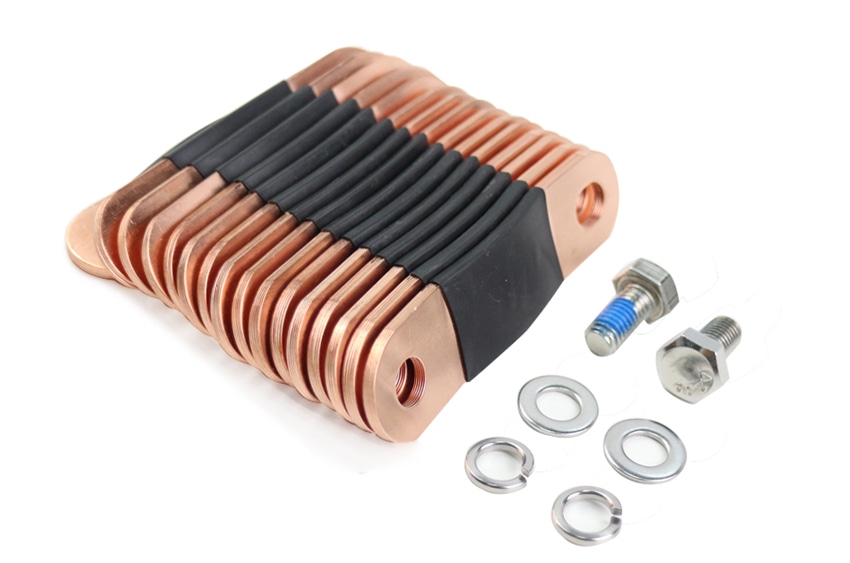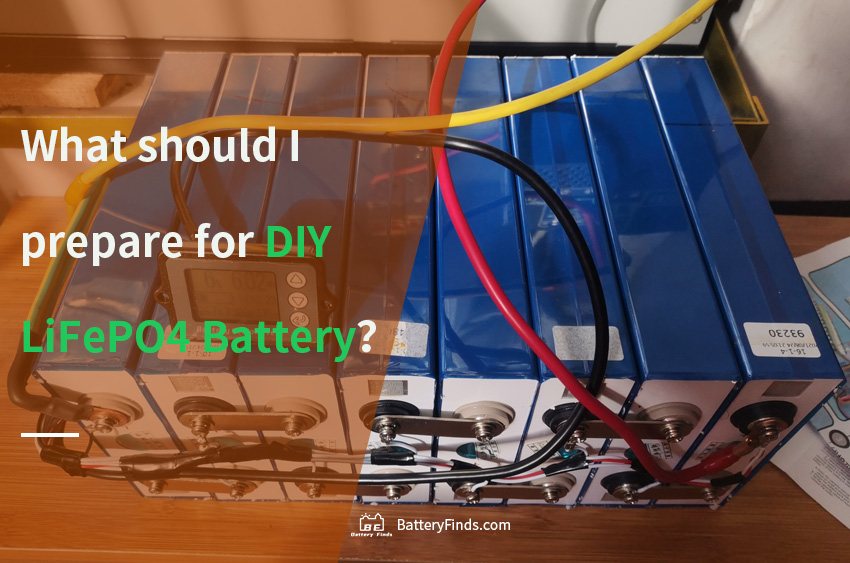When you are preparing to DIY LiFePO4 battery, there are many related components that you need to know. Only by fully understanding the functions of these components can your LiFePO4 battery pack serve you better in case of safety problems.
Charger

The charger is the tool to charge your LiFePO4 battery and is very important. At present, LiFePO4 batteries have certain requirements for chargers, because they need to protect the circuit and provide a suitable voltage to meet the requirements of the battery, and generally require the charger to charge LiFePO4 batteries with constant current and constant voltage. For a single LiFePO4 battery, the voltage provided by the charger is generally 3.4V ~ 3.65V. If it is a battery pack, you need to choose a suitable charger according to the voltage to meet the best charging environment and ensure that the battery can be fully charged safely and efficiently.
BMS

Image: DALY
BMS is the most noteworthy and important part of DIY LiFePO4 batteries. In general, BMS must be installed when assembling lithium-ion batteries. The full name of BMS is “Battery Management System”, which is a “Battery Housekeeper” with many functions. It can intelligently monitor, manage and maintain each battery unit to prevent the battery from overcharging, over-discharging, over-current, etc., and can provide temperature monitoring and management functions to prevent the battery from overheating, thereby extending the battery life. At the same time, some high-end BMS will also have functions such as low-temperature cutoff and Bluetooth. Diverse functions can effectively prevent problems with LiFePO4 batteries, which is why it is necessary to install a BMS. In addition, the BMS suitable for LiFePO4 batteries of different voltages is different, which needs to be selected according to the actual situation.
Balancer

Image: Jikong
The balancer is another worthy part of the DIY LiFePO4 battery, and like the BMS, it is also very important. But the purpose of the balancer is very single, that is to maintain the charge balance of each cell in the battery pack. The balancer can effectively prevent the performance degradation caused by the excessive voltage difference between the cells in the battery pack, and ensure that the battery pack can also obtain high-level performance under long-term operation. If a balancer is not used, manual LiFePO4 battery balancing needs to be performed at regular intervals, which is time-consuming and labor-intensive, and this method is only used unless absolutely necessary. Using a balancer is highly recommended. Similarly, the balancer also needs to choose the most suitable one according to the size of the battery pack.
Inverter

The inverter is also a very important piece of equipment. The electricity stored in the battery is all direct current, but most of the daily electrical appliances use alternating current, so we need a device to convert direct current to alternating current. The inverter has such a function. In addition, the inverter also has the function of optimizing energy consumption, which can reduce part of the power loss. Although the inverter itself also needs electricity, the energy conversion power of the current inverter has reached more than 90%, which is a completely acceptable range.
Busbars

This is a metal strip connecting each LiFePO4 battery cell. LiFePO4 battery busbars are generally made of pure copper or brass. Busbars come in many shapes and there are some differences in conductivity depending on the material. When purchasing a battery, the battery supplier will generally provide the most suitable busbars for use. Of course, you can also make the busbars yourself, but you need to select materials and polish them according to factors such as the distance between the batteries and the expected current. Of course, there will be some special cases where busbars cannot be used, and cables need to be used to replace them.
Fuse

Fuses are the last line of defense against electrical system problems and hazards. Fuses are also known as current fuses, mainly for overload protection. By properly placing the fuse in the circuit, when the current abnormally rises to a certain height and heat, the fuse will fuse itself, cut off the current, and protect the safety of the circuit. Although the LiFePO4 battery is very safe, it is never a bad thing to do your best to ensure safety.
Summary
Of course, the DIY LiFePO4 battery also needs some wires to complete the connection of the whole circuit. DIY requires thorough planning and skilled techniques. For beginners, you must not do DIY alone without the company of professionals; for experienced hands, you must also pay attention to safety. DIY LiFePO4 battery can be very simple, but it can also be very difficult. You must understand the relevant knowledge and make complete preparations before you can DIY.

